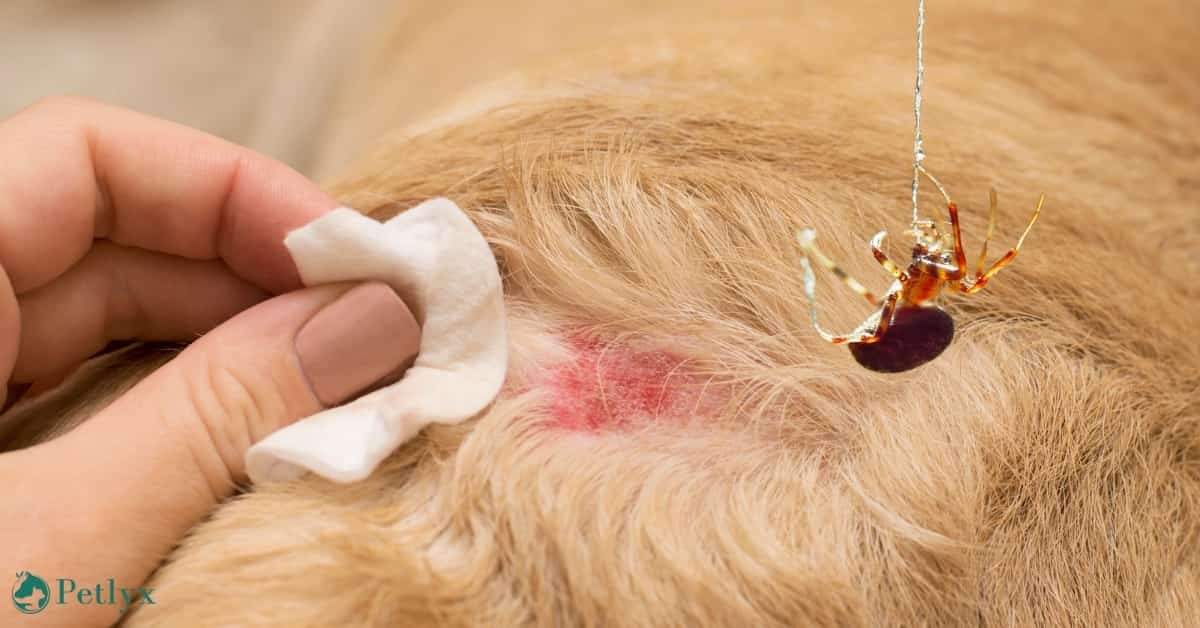Spider Bit Your Dog? Here's What to Do
Discovering that your dog has been bitten by a spider can be a nerve-wracking experience. While not all spider bites are dangerous, some can cause serious harm to our furry friends. Knowing how to identify, treat, and prevent spider bites will help you provide timely care and avoid panic when your pup is in need. This guide will walk you through identifying dangerous spiders, recognizing a spider bite on a dog, what steps to take, and what to expect during veterinary care.
Which Spiders Are Dangerous?
While most spiders are harmless, a few species can pose serious risks to dogs. Here’s a list of the dangerous spiders you should be aware of:
Black Widow
Black widows are infamous for their shiny black bodies and red hourglass markings. Their venom contains neurotoxins that may lead to muscle tremors, weakness, and even paralysis in severe cases if a dog is bitten.
Brown Recluse
Brown recluses are small, tan-to-brown spiders with a violin-shaped marking on their backs. These bites often result in tissue damage or necrosis due to the venom's destructive properties. Look out for intense swelling and lesions.
Hobo Spider
Found mainly in the Pacific Northwest, hobo spiders are brown and hairy, resembling wolf spiders. Although not as dangerous as black widows or brown recluses, their bites can still cause skin irritation, open sores, or infections.
If you're unsure whether the spider your dog encountered is dangerous, it’s better to err on the side of caution and monitor your pet closely for symptoms.
Identifying a Spider Bite on a Dog
Unlike humans, dogs can’t easily tell us when something is wrong. That’s why it’s important to observe their behavior and physical symptoms carefully if you suspect a spider bite. Here are some telltale signs to watch for:
Localized Swelling and Redness
A small swelling or reddened area at the site of the bite may appear first. Check for this around common bite spots like paws, bellies, or faces.
Excessive Licking or Scratching
If your dog is consistently licking or scratching a specific area, it may be trying to soothe pain or itchiness caused by a bite.
Lethargy or Weakness
Venom from dangerous spiders, like black widows, may cause your dog to show signs of fatigue or trouble walking.
Vomiting or Drooling
More severe reactions can include nausea or excessive drooling, especially with venomous spider bites.
Lesions or Open Wounds
Bite locations may become ulcerated or form an open wound, especially with brown recluse bites.
If any of these symptoms are present, it’s important to act quickly and proceed to treatment steps.
What Should I Do If There’s a Spider Bite on a Dog?
When you realize your dog may have been bitten by a spider, stay calm and follow these steps:
Assess the Situation
Identify and safely capture (if possible) the spider responsible. This will help the vet confirm what type of venom is involved.
Clean the Wound
Gently wash the bite area with soap and water to reduce the risk of infection.
Apply a Cold Compress
Use a clean towel wrapped around an ice pack to reduce swelling for about 5–10 minutes. Make sure to avoid pressing too hard.
Monitor Symptoms
Keep a close eye on your dog for signs of a worsening reaction, such as swelling spreading, difficulty breathing, or lethargy.
Call Your Veterinarian
Contact your vet for advice. Even seemingly mild spider bites can lead to complications, especially if venomous spiders are involved.
If symptoms worsen rapidly or your dog has trouble breathing, rush them to an emergency vet.
Dog First Aid Tips for a Variety of Injuries
Spider bites aren’t the only thing that can cause trouble for your pup. Here are some quick first aid tips for other common injuries:
Cuts and Scrapes
Clean minor wounds with saline or antiseptic spray and cover them with a sterile dressing if necessary.
Bee or Wasp Stings
Use a cold compress to reduce swelling. If you see a stinger, remove it gently using tweezers.
Paw Injuries
Wash dirt and debris off with water, then bandage the paw if it’s cut or bruised.
Heatstroke
Offer water, move them to a cool area, and use wet towels to lower their body temperature gradually.
Every pet owner should keep a basic pet first aid kit on hand for emergencies!
What Will Happen at the Vet?
Once your dog is at the vet, here’s what will likely happen:
Diagnosis
Your vet will examine your dog to confirm the bite and check if further treatment is needed. If you captured the spider, sharing it with the vet will help determine the venom's effect.
Treatment
For minor bites, the vet may prescribe anti-inflammatory medication to reduce swelling.
For dangerous spider bites, antivenom, IV fluids, or antibiotics may be administered to counteract the venom and prevent further complications.
Read more: https://petlyx.com/spider-bite-dog/
